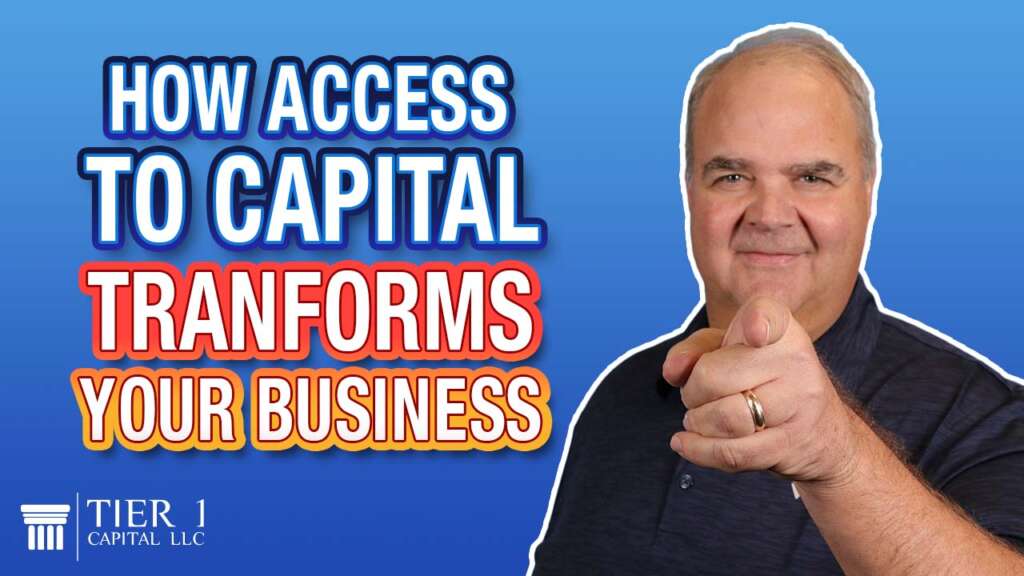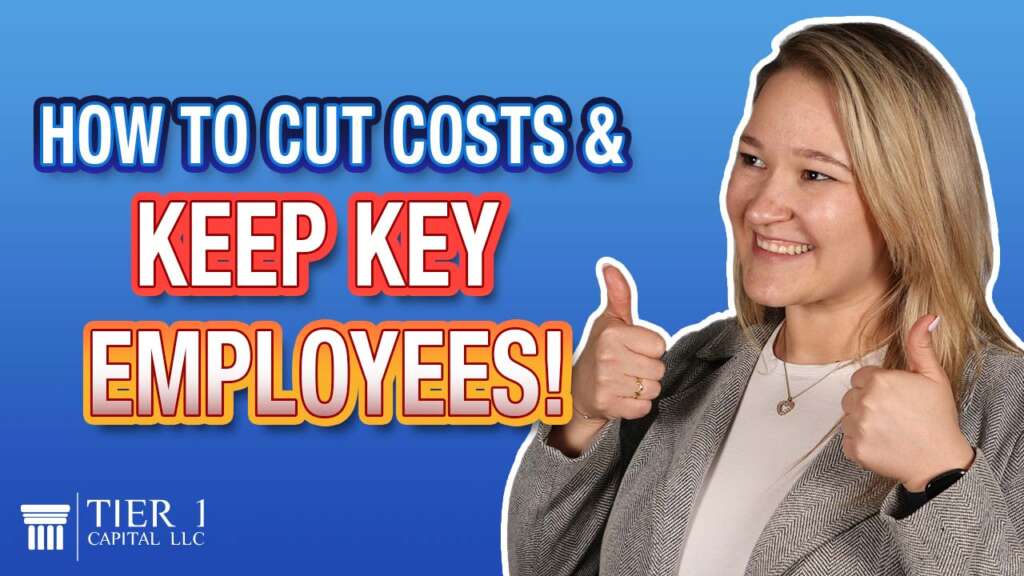
When it comes time to pass on your business interest, it’s critical to do it in a way that’s both cash flow-friendly and tax-efficient. In this post, we’re diving into a strategy most business owners overlook but one that can make all the difference when it’s time to exit or transition ownership.
For many business owners, talking about succession is uncomfortable it feels distant or even morbid. But the sooner you plan, the more effective and seamless your business transition will be.
According to the Exit Planning Institute:
- 74% of business owners want to pass on their business.
- But only 18% have a plan that’s been communicated to those involved.
That’s a huge disconnect.
To make matters more urgent, 80–90% of a business owner’s wealth is typically tied up in the business itself. Without a solid strategy, you risk getting only 24 cents on the dollar for every dollar of value you’ve built in your business. Life insurance is often misunderstood but in the context of business planning, it’s a powerful tool. Think of it as “dollars for future delivery.” Depending on the type of policy, you can build cash value while funding your plan. This means:
- You maintain liquidity, use, and control of your money.
- You’re not sacrificing your business’s growth in the process.
- You’re actually building a pool of cash you can access along the way.
And that pool can be used to grow or operate the business not just fund the future transition. Here’s the beautiful part: with life insurance, you’re essentially purchasing future liquidity at a discount paying pennies on the dollar each year in the form of premiums.
This means:
- You build access to capital.
- You create a funded succession plan.
- And you strengthen your business along the way.
It’s not just protection it’s a business growth strategy. The death benefit ensures that, when the business owner passes, there’s guaranteed cash available to buy out their equity and smoothly transfer ownership. In short, the event that causes the problem (death) is also the trigger that activates the solution (insurance payout).-Life Example: The Cost of Not Planning
Let’s look at a true story.
A third-generation local business failed due to poor succession planning. The founder left everything to his spouse, who had never worked in the company. His two sons ran the business, and his two daughters weren’t involved.
When the mother passed away, estate taxes kicked in, and the sons had to buy out their sisters. With no liquidity and no plan, they had to borrow from the bank. Everything went fine until the 2008 financial crisis. The bank called the loans. The business couldn’t pay. It went bankrupt.
As a result:
- The family lost the business.
- Their five sons lost their jobs and careers.
- 150+ employees lost their livelihoods.
All because there was no succession plan and no insurance to fund the transfer.Two-Part Succession Solution: Planning + Funding. Creating a plan is just the first step. Funding the plan is what brings it to life. And here’s the good news the funding doesn’t have to come from new obligations. We typically find the money for premiums within your existing cash flow by identifying inefficiencies and redirecting them.
In most cases, the money you think is moving your business forward is actually holding you back. We help you reallocate that money to fund your succession strategy without adding financial strain. So instead of ignoring a problem because it feels too expensive to fix, we help you fix it with the resources you already have. Unlike other insurance strategies that lock up your premiums, this approach allows you to retain control of your cash. As you build the policy:
- You’re creating a pool of capital you can leverage.
- You can use that cash to grow the business, cover cyclical cash flow issues, or seize opportunities.
- All while securing your eventual exit or transfer.
It’s a win-win strategy that improves your financial position now and in the future.
If you want to learn more about putting these strategies to work for your business and your family, visit tier1capital.com and schedule your free strategy session today. We’ll help you uncover inefficiencies, build your plan, and fund it all while improving your cash flow and peace of mind. And remember: It’s not how much money you make. It’s how much money you keep that really matters.



















